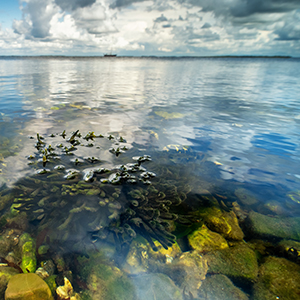A georeferenced dataset of living and sedimentary diatoms in Lake Maggiore

All claims expressed in this article are solely those of the authors and do not necessarily represent those of their affiliated organizations, or those of the publisher, the editors and the reviewers. Any product that may be evaluated in this article or claim that may be made by its manufacturer is not guaranteed or endorsed by the publisher.
Authors
We publish a dataset on planktonic and benthic diatom occurrence in Lake Maggiore, the second Italian lake for depth and surface. Despite their extensive use in water quality biomonitoring, and their relevance among phytoplankton groups, research on benthic diatoms in Lake Maggiore are scarce. Diatoms have been collected from surface sediments, littoral stones, macrophytes and water column, in different times and with different purposes during the last 40 years of the trophic history of the lake. Dataset includes 4124 occurrences relating to 293 taxa, 269 of which were identified at species level, 16 at subspecies level and 8 at the genus level. All occurrences are georeferenced.
Supporting Agencies
Global Biodiversity Information Facility (GBIF), International Commission for the Protection of Swiss-Italian Waters (CIPAIS), National Biodiversity Future Center (NBFC)How to Cite

This work is licensed under a Creative Commons Attribution-NonCommercial 4.0 International License.






